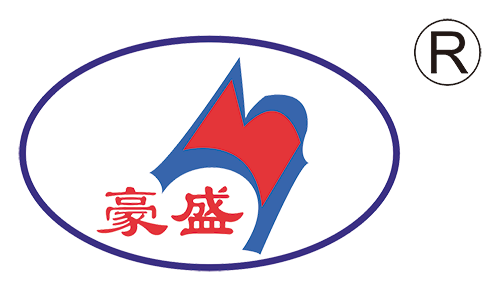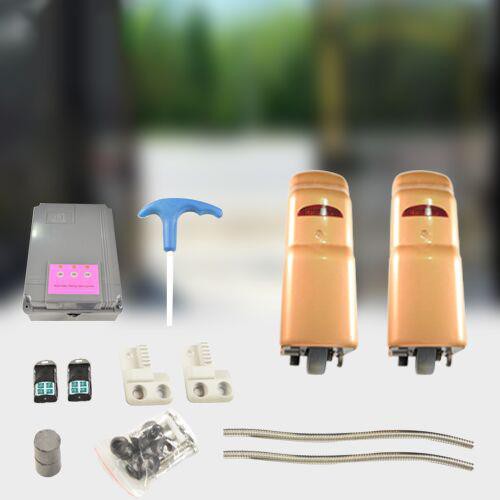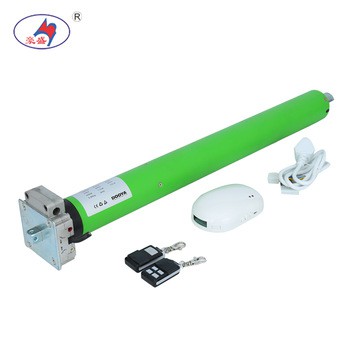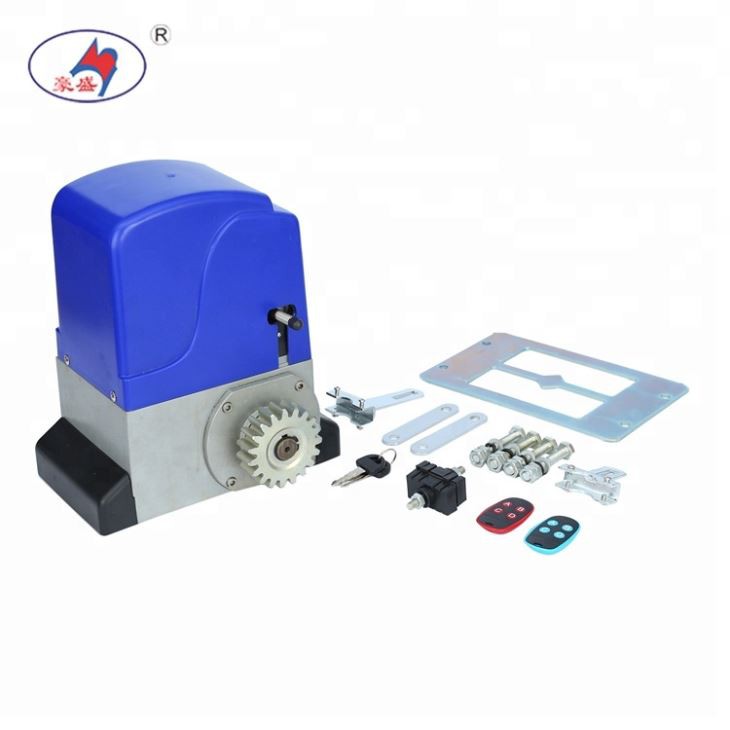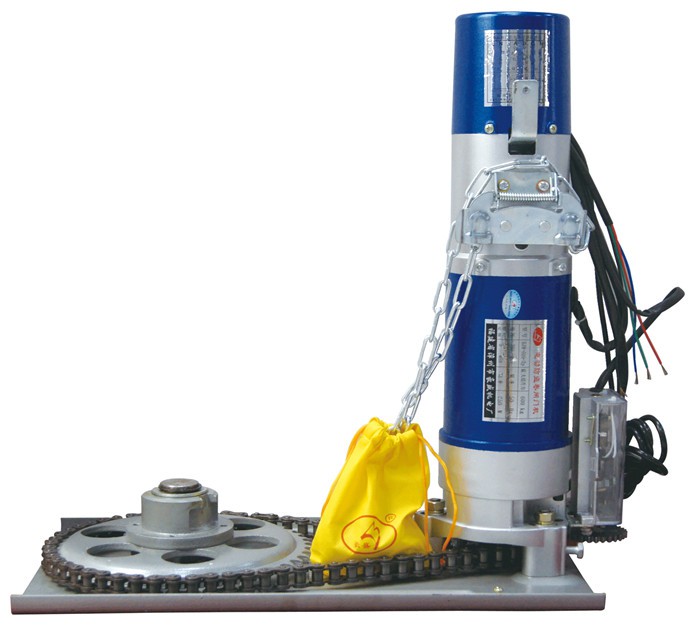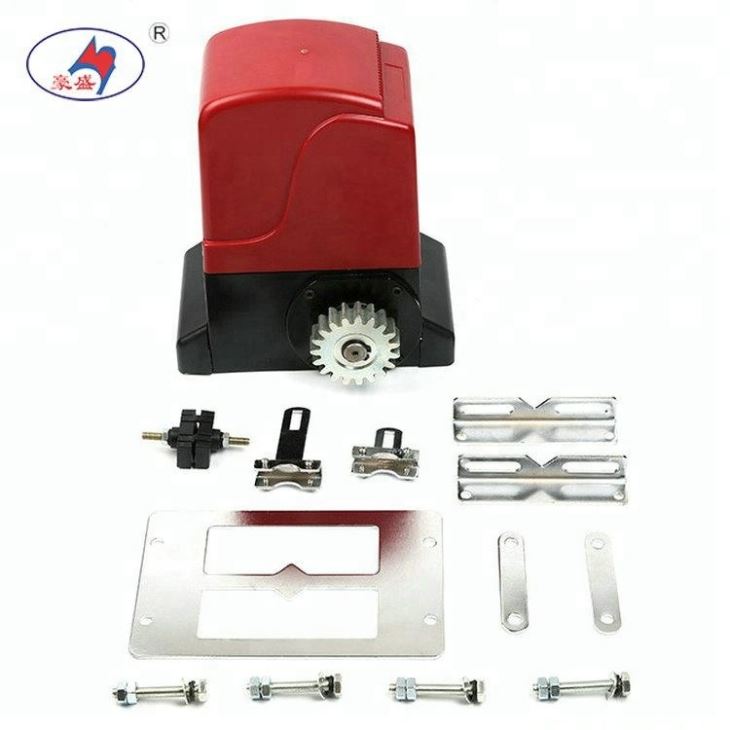
A ring-shaped permanent magnet is fixed inside the DC motor, and the current generates an Amperage force through the coil on the rotor. When the coil on the rotor is parallel to the magnetic field, the direction of the magnetic field that continues to be transferred will change, so the brush at the end of the rotor is converted. The sheets are alternately contacted so that the direction of the current on the coil also changes, and the direction of the Lorentz force generated is constant, so the motor can maintain one direction of rotation. The working principle of the DC generator is to change the alternating electromotive force induced in the armature coil by the commutation function of the commutator and the brush to change the DC electromotive force when it is taken out from the brush end. The direction of the induced electromotive force is determined by the right-hand rule (the magnetic line is pointing to the palm of the hand, the thumb is pointing to the direction of movement of the conductor, and the other four fingers are pointing in the direction of the induced electromotive force in the conductor). The direction of the conductor's force is determined by the left-hand rule. This pair of electromagnetic forces forms a moment acting on the armature. This torque is called electromagnetic torque in the rotating machine. The direction of the torque is counterclockwise, in an attempt to rotate the armature counterclockwise. If this electromagnetic torque can overcome the resistive torque on the armature (such as the resistive torque caused by friction and other load torque), the armature can be rotated counterclockwise. |
HAOHUA
Professional Rolling Door Motor Manufacturer
Come & visit us
Fujian, China.
